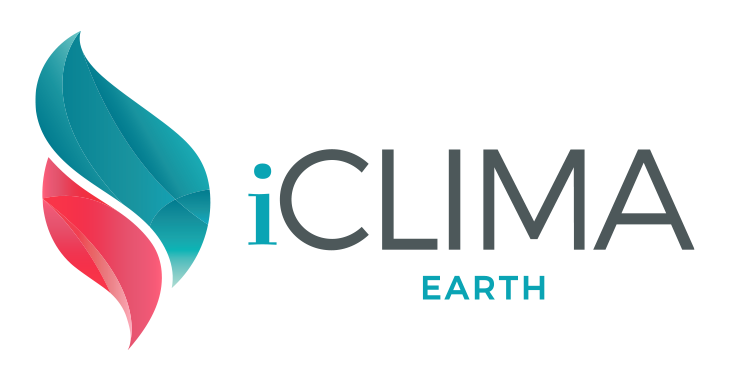One of the many falsehoods thrown at ETFs by the mutual fund industry is that the passive nature of the product means it lacks teeth when it comes to making any serious improvements to a company’s ESG credentials.
As the argument goes, an active manager’s ability to sit in a room with company boards and threaten to divest if performance on their desired issue is not satisfactory gives it an ‘edge’ in the ESG space, however, this is currently being challenged more than ever.
While the growth of active ETFs in Europe has not exactly caught fire over the past couple of years, the ones launched have been ESG-focused.
Last month, JP Morgan Asset Management (JPMAM) expanded its active ETF range with two ESG ETFs tracking eurozone and Japan, both labelled Article 8 under the Sustainable Finance Disclosure Regulation (SFDR).
Fidelity International has also expanded its active ESG ETF range in recent years, launching the Fidelity Sustainable Research Enhanced US Equity UCITS ETF (FUSS) in May 2020 which has since grown to house £663m assets under management (AUM).
Outlining some of the benefits of an active ETF approach to investing, Stacie Mitchinson, systematic investment director at Fidelity, said: “Active ETFs can often leverage the work of in-house analysts and identify issuers likely to experience downgrades or incorporate sustainability to mitigate ESG tail risks.
“Active ETF portfolios can benefit from engagement policies in addition to certain exclusions and can offer products that have similar characteristics to the broader market yet offer the potential for better risk-adjusted returns.”
Divestment powers
Despite not tracking an index, active ETFs are measured against a benchmark while the research team will often offer stock-specific insights to the portfolio managers who will subsequently take overweight or underweight positions in certain companies.
Because of this, active ETFs are often still beholden to ratings agencies for the data they receive for a specific company’s ESG credentials. However, Olivier Paquier, head of ETF distribution for EMEA at JPMAM, said the firm’s research team will analyse each security against a checklist of ESG metrics while also directly engaging with the company they are investing in.
“While external ESG ratings can play an important role, they are no substitute for fundamental research, especially given how data coverage is still an issue. Therefore the assessment of the financial materiality of ESG issues requires company by company bottom-up analysis,” he commented.
Paquier added it is this engagement that ultimately helps to give active investing its differentiation over passive.
“Passive implementation ultimately delegates the choice of ownership of securities. Irrespective of where an investor stands on an ESG topic, they are compelled to hold a security if tracking a market cap index for example. We feel like there are meaningful ways to engage with active ETFs, as we can divest from a security if we think that is in the best interest of a strategy.”
Another important point, according to Paquier, is the time factor, where an index tracking strategy may have to wait until the underlying index rebalances in order to adjust an investments, which would not be the case for an active strategy.
It is important to note, however, that not all indices are created in the same way with some led by committees making what could be considered active decisions on behalf of the index.
For example, Tesla’s recent exclusion from the S&P 500 ESG index highlights the ability of an index provider to remove a security should it not hit certain metrics, although this too can be problematic. Gabriela Herculano, CEO and co-founder of impact investor iClima Earth, warned the decision was a hard one to justify.
“Here is a company doing a lot of right things such as providing fantastic decarbonisation solutions and self-driving cars. SPDJI screen this company out and then rate a tobacco company that sells cigarettes extremely high,” she said. “How do you reconcile that?”
Impact investing
While not perfect, Herculano argues the myth of passive investors not being able to have an impact on the company they are investing in is just that.
“That is a misrepresentation. You do not vote because you are active or passive, you vote because you are a shareholder, so you should care and engage,” she said.
“That is what active investors like to justify with their incredible fees but the space is asking to be disrupted. We have a passive ETF that has stewardship in impact and is all about the decarbonising solution.”
Herculano and iClima aim to shift the narrative that ETFs cannot be impact-based by offering a forward-looking approach with “tangible metrics” and targets readily available technologies to scale up and bring the plant to carbon neutrality. Finally, the iClima Global Decarbonisation Enablers UCITS ETF (CLMA) looks to avoid companies who emit carbon in the first place and are “truthful to the decarbonisation of the planet”.
“We are not telling the story of Microsoft, Google and Amazon as they are not decarbonising the planet,” she added. “That is fundamentally what Tesla is doing, revolutionising transportation showing that it can be done through creating the whole supply chain, dragging the likes of Ford and General Motors, with it and then you get slapped in the face.
“I am not here just to justify the five different ESG spins that I can buy an S&P 500 ETF. That distinction will happen when investors do not discount that we are starting the most fundamental capex cycle we have ever written before.
As we clean up energy transportation, building and food, we are reshaping these gigantic industries most profoundly. That is when the toolkit of the past is not going to serve the future,” she concludes.
This article first appeared in ETF Insider, ETF Stream's monthly ETF magazine for professional investors in Europe. To access the full issue, click here
Related article





